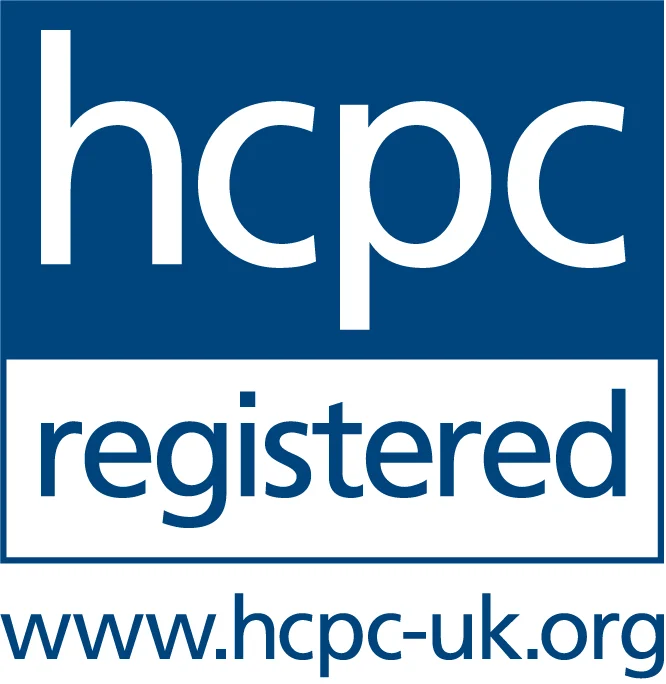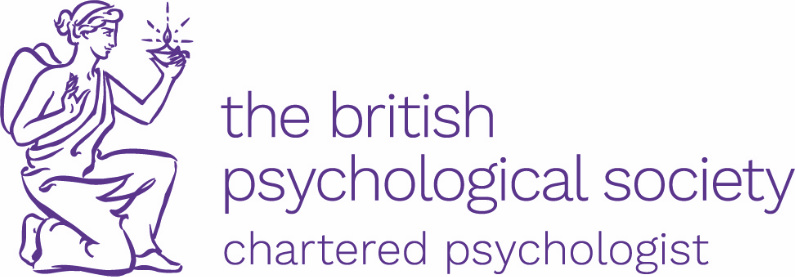What is Adult ADHD (Attention Deficit Hyperactivity Disorder)? How common is Adult ADHD? What causes Adult ADHD? What are the symptoms of Adult ADHD? How is Adult ADHD diagnosed? Related conditions and treatment.
Read PostWhat is Acceptance and Commitment Therapy (ACT)?
Acceptance and Commitment Therapy, is often referred to as ACT, which is pronounced “act”, rather than the separate letters “A-C-T”. It is said like this as an important part of ACT is ACTion.
ACT was developed by Steven C.Hayes, Kelly Wilson, and Kirk Strosahl in the mid- to late-1980s. It is sometimes referred to as a ‘third wave therapy’. What do we mean by this? Well, let’s have a brief history of therapy approaches since the 1900s.
The first wave of therapy:
The approaches that therapy has taken over time have altered as we have learned more about thoughts, feelings, behaviour, mental health and brain function. In the 1900s, research and initial ideas about ‘behaviour therapy’, ‘behavioural therapy’ or ‘behaviourism’ was emerging. The ‘first wave’ of behavioural therapy came about in the 1930s to 1940s in response to the emotional impacts faced by the many WWII veterans returning from war. There was an urgent need for effective short-term therapy for depression and anxiety, and this coincided with a build-up of behavioural research regarding how people learn to behave and react to life situations.
By the 1950s and 1960s, behavioural therapy was the most popular therapy at the time and became a well-established approach. Key people, like Skinner, Pavlov, and Watson, developed theories about how behaviour can be changed, and they developed behavioural treatments. Behaviour therapy is based on the idea that behaviours can be measured, modelled, and changed. This is now known as the ‘first wave’ of therapy approaches.
The second wave of therapy:
Although behavioural therapy was pretty effective, during the 1950s and 1960s a number of therapists, such as Albert Ellis and Aaron T. Beck were noticing the importance and the connections between thoughts, feelings and behaviours. Ellis called this new therapy ‘rational emotive behaviour therapy’ or ‘REBT’, and Beck called his therapy ‘cognitive therapy’. They both conducted extensive research, particularly with people who experienced anxiety and depression, and showed that by incorporating behaviour therapy with cognitive therapy it was effective in helping people with a broad range of mental health problems. And so Cognitive Behaviour Therapy (CBT) was born.
Between the 1960s and now, CBT has evolved and become more streamlined, with clear treatment protocols. CBT is based on the concept that your thoughts, feelings and actions (i.e. the way that you behave) are interconnected. When you have overwhelming problems, your negative thoughts and feelings can trap you in a negative cycle. CBT aims to help you deal with overwhelming problems in a more positive way by breaking them down into smaller parts. You and your therapist can then look at each of the parts together to restructure how you think about them. CBT can also help you to learn new ways to cope with problems so that you feel more able to cope in the future. Putting these skills together can help you to develop a more positive cycle of thoughts, feelings and actions.
Since the 1960s, there has grown an enormous body of research that shows that CBT is extremely effective for many difficulties, including anxiety, depression, bipolar disorder, borderline personality disorder, eating disorders (anorexia and bulimia), obsessive compulsive disorder (OCD), panic disorder, phobias, post-traumatic stress disorder (PTSD), psychosis, schizophrenia, insomnia and alcohol misuse. It can also help people with long-term health conditions, such as irritable bowel syndrome (IBS), chronic fatigue syndrome (CFS), and fibromyalgia. This is now known as the ‘second wave’ of therapy approaches.
The third wave of therapy:
ACT is called a ‘third wave’ therapy as it follows on from the first wave of behaviour therapy and the second wave of cognitive therapy / cognitive behavioural therapy. ACT was developed because there might be times when people find it hard to change their thoughts, which in CBT people are asked to change. ACT is less focussed on changing your thoughts and more focussed on using acceptance and mindfulness strategies to increase flexibility in thinking.
ACT has been subject to numerous scientific studies and its effectiveness is supported by scientific evidence and has been found to be most helpful for people with anxiety, OCD, and depression.
How are CBT and ACT different from each other?
CBT and ACT are both behaviour-based therapies, but they differ primarily in the view they take around thoughts. Whereas CBT works by helping you identify and change negative or destructive thoughts, ACT holds that difficulties and discomfort are a fact of life – something we must get comfortable with if we wish to live a happy, fulfilled life. For this reason, ACT encourages you to accept all thoughts rather than trying to change them – both the good and the bad.
What happens in ACT?
There are six core processes that guide ACT which you will work through together with your therapist over a series of sessions. You can build on your CBT skills to incorporate ACT skills in:
- Defusion: the ability to take a step back from your thinking rather than getting lost or tangled up in it.
- Acceptance: allowing your experiences to happen rather than avoiding or resisting them.
- Present moment: staying in the present moment, rather than resisting it.
- Observer self: learning how to observe your thoughts rather than getting wrapped up in them.
- Values: moving past creating goals, but connecting with the values that drive your goals.
- Committed ACTion: making a commitment to move in the direction of your values.
If you, or someone you know may benefit from ACT, contact us to arrange a consultation.
Disclaimer: All blog content is for information only and is not mental health treatment.
Other Posts
Why isn't 'Asperger's Syndrome' a diagnosis anymore? What do we call 'Aspergers' Syndrome' now? What if I had a diagnosis of Asperger's Syndrome before 2013?
Read PostWhat is childhood ADHD? How common is childhood ADHD? What causes childhood ADHD? What are the symptoms of childhood ADHD? How is childhood ADHD diagnosed? Related conditions. How is ADHD treated?
Read PostWhat is Autism Spectrum Disorder (ASD)? What is a neurodiversity? How do I know if I need an assessment? What's involved in an assessment? How can a diagnosis help?
Read PostWhat is Cognitive Behaviour Therapy (CBT)? How does CBT work? How do I know if CBT is right for me? What happens during CBT?
Read PostWhat is STAIR Therapy? What are the goals of STAIR?
Read PostWhat is anxiety? What are the symptoms of anxiety? What are the different types of anxiety disorders?
Read PostWhat is Dental Anxiety, or Dentophobia? What are the symptoms? What are the causes? What is the overlap between Dentophobia and Blood-Injury-Injection Phobia? What is the treatment?
Read Post




